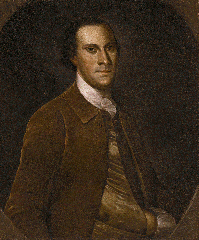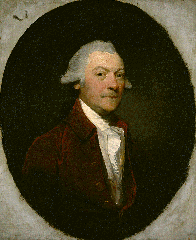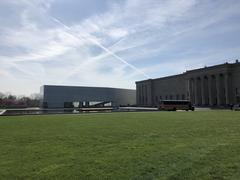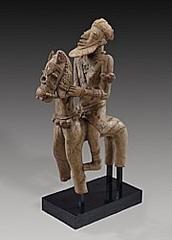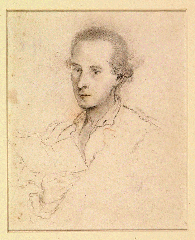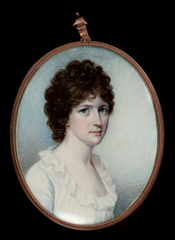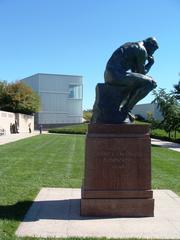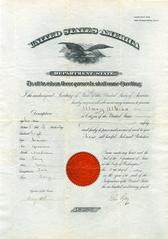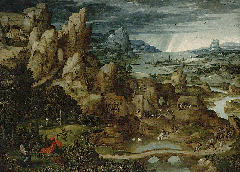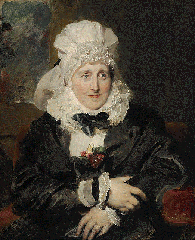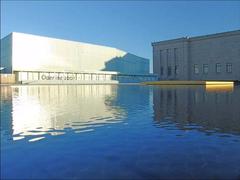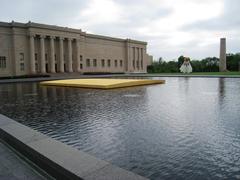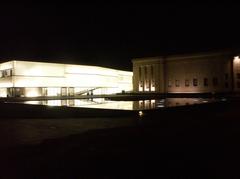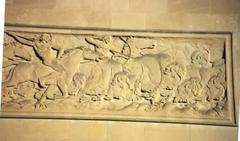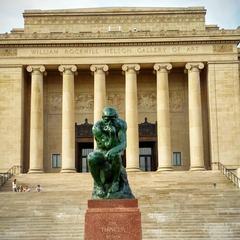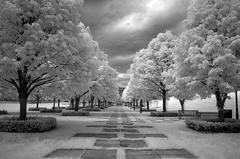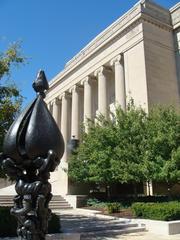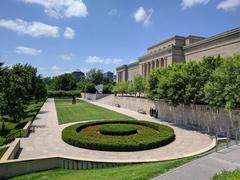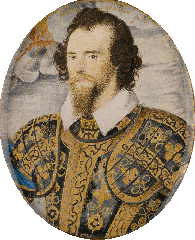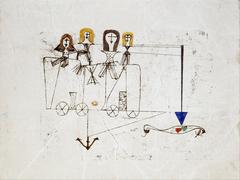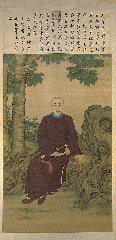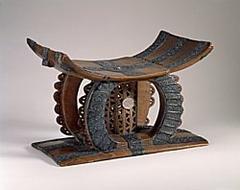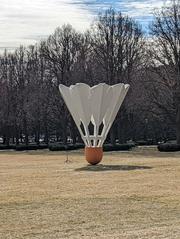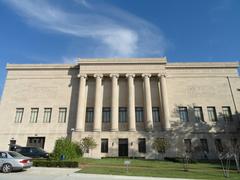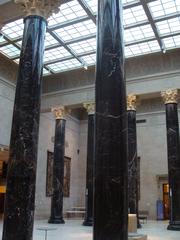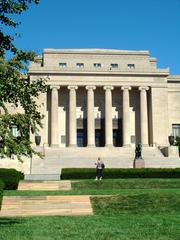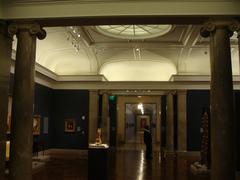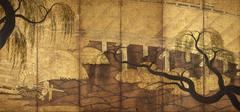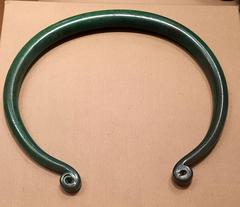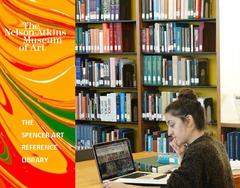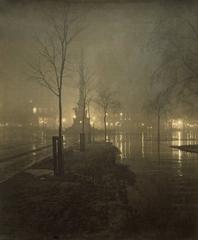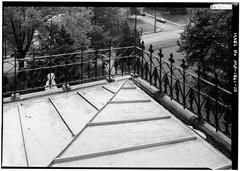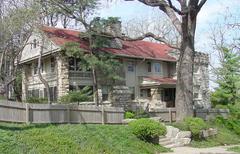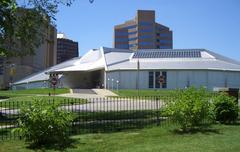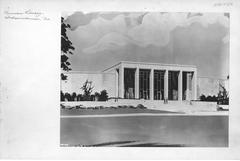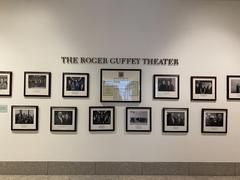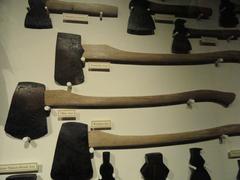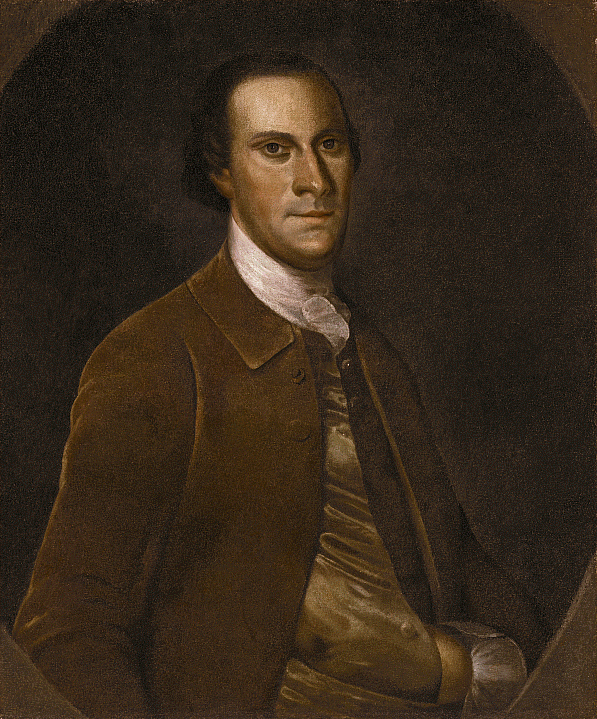
Visiting Hours, Tickets, and Historical Insights into The Donald J. Hall Sculpture Park in Kansas City
Date: 17/07/2024
Introduction
Nestled in the heart of Kansas City, the Donald J. Hall Sculpture Park stands as a captivating fusion of art and nature, offering a unique cultural experience for locals and visitors alike. This iconic park, part of the esteemed Nelson-Atkins Museum of Art, spans 22 lush acres and showcases an extraordinary collection of over 70 sculptures by world-renowned artists. Established in 1986, the park is named after Donald J. Hall, former chairman of Hallmark Cards, whose vision and philanthropy played a pivotal role in its creation. The park’s development was a collaborative effort, with significant contributions from the Hall Family Foundation, including a generous land donation that transformed the museum’s grounds into a verdant oasis (Nelson-Atkins Museum of Art).
The park’s history is as rich and diverse as its collection, beginning with the whimsical ‘Shuttlecocks’ by Claes Oldenburg and Coosje van Bruggen, which have become synonymous with the park’s identity. Over the years, the collection has grown to include notable works such as Henry Moore’s ‘Reclining Connected Forms,’ George Segal’s ‘Rush Hour,’ and more recent additions like Roxy Paine’s ‘Dendroid’ and Robert Indiana’s ‘LOVE’ sculpture. Each piece is thoughtfully integrated into the landscape, inviting visitors to engage with art in a dynamic and immersive environment.
This comprehensive guide provides an in-depth look at the park’s history, notable sculptures, visitor information, and travel tips, ensuring a memorable and enriching visit. Whether you’re an art enthusiast, a casual visitor, or a nature lover, the Donald J. Hall Sculpture Park promises a unique journey through the intersection of art and nature, reflecting the transformative power of creativity and the enduring legacy of its benefactors.
Table of Contents
- [History of the Donald J. Hall Sculpture Park](#history-of-the-donald-j-hall-sculpture-parkhistory-of-the-donald-j-hall-sculpture-park)
- [Early Beginnings](#early-beginningsearly-beginnings)
- [A Growing Collection](#a-growing-collectiona-growing-collection)
- [A Gift Takes Shape](#a-gift-takes-shapea-gift-takes-shape)
- [Expansion and Transformation](#expansion-and-transformationexpansion-and-transformation)
- [New Acquisitions and Ongoing Growth](#new-acquisitions-and-ongoing-growthnew-acquisitions-and-ongoing-growth)
- [Notable Sculptures](#notable-sculpturesnotable-sculptures)
- [Shuttlecocks (1994) by Claes Oldenburg and Coosje van Bruggen](#shuttlecocks-1994-by-claes-oldenburg-and-coosje-van-bruggenshuttlecocks-1994-by-claes-oldenburg-and-coosje-van-bruggen)
- [Glass Labyrinth (2014) by Robert Morris](#glass-labyrinth-2014-by-robert-morrisglass-labyrinth-2014-by-robert-morris)
- [Secret Garden (2007) by Roxy Paine](#secret-garden-2007-by-roxy-painesecret-garden-2007-by-roxy-paine)
- [Adam (1981) by Magdalena Abakanowicz](#adam-1981-by-magdalena-abakanowiczadam-1981-by-magdalena-abakanowicz)
- [Bird Lives (2005) by Tony Cragg](#bird-lives-2005-by-tony-craggbird-lives-2005-by-tony-cragg)
- [Sky Stations (2013) by George Rickey](#sky-stations-2013-by-george-rickeysky-stations-2013-by-george-rickey)
- [UNESCO Tower (2019) by Beverly Pepper](#unesco-tower-2019-by-beverly-pepperunesco-tower-2019-by-beverly-pepper)
- [Visitor Information](#visitor-informationvisitor-information)
- [Visiting Hours and Tickets](#visiting-hours-and-ticketsvisiting-hours-and-tickets)
- [Accessibility](#accessibilityaccessibility)
- [Amenities](#amenitiesamenities)
- [Nearby Attractions](#nearby-attractionsnearby-attractions)
- [Travel Tips](#travel-tipstravel-tips)
- [FAQ](#faqfaq)
- [Conclusion](#conclusionconclusion)
History of the Donald J. Hall Sculpture Park
The Donald J. Hall Sculpture Park, a vibrant testament to art and nature, wasn’t always a part of Kansas City’s landscape. Its story is one of evolution, generosity, and a deep-seated belief in the power of art to inspire and connect.
Early Beginnings
The story begins not with sculptures, but with trees. In the 1980s, R. Crosby Kemper Jr., a prominent Kansas City philanthropist and then-chairman of the Kansas City Art Institute Board of Trustees, envisioned a tree-filled park to grace the grounds of the Nelson-Atkins Museum of Art. His vision was brought to life through a generous donation of land from the Hall Family Foundation. This act of generosity laid the groundwork for what would become a world-renowned sculpture park.
A Growing Collection
The park’s initial focus was on landscaping, with the planting of over 100 trees transforming the once-empty lawn into a verdant oasis. However, the vision for the space soon expanded to encompass sculpture. In 1986, the park welcomed its first sculpture, ‘Shuttlecocks,’ a whimsical installation by Claes Oldenburg and Coosje van Bruggen. These four enormous badminton birdies, playfully scattered across the lawn, marked the beginning of the park’s transformation into a space where art and nature could intertwine.
A Gift Takes Shape
Over the next decade, the sculpture collection grew steadily, with notable additions like Henry Moore’s ‘Reclining Connected Forms’ and George Segal’s ‘Rush Hour.’ In 1993, the park was formally dedicated as the Donald J. Hall Sculpture Park, honoring the significant contributions of the Hall Family Foundation, particularly Donald J. Hall. This dedication marked a turning point, solidifying the park’s identity and setting the stage for its future growth.
Expansion and Transformation
The turn of the millennium saw a period of significant expansion for the park. In 2007, the Bloch Building, a stunning addition to the Nelson-Atkins Museum, opened its doors. This expansion included the creation of a new parking garage, cleverly concealed beneath a hill that would become an integral part of the sculpture park. This innovative design allowed the park to expand its footprint, providing ample space for large-scale installations and creating a dynamic, multi-level experience for visitors.
New Acquisitions and Ongoing Growth
The Donald J. Hall Sculpture Park continues to evolve, with new acquisitions regularly joining its impressive collection. Recent additions include Roxy Paine’s towering ‘Dendroid’ and Robert Indiana’s iconic ‘LOVE’ sculpture. These additions reflect the park’s commitment to showcasing a diverse range of artistic styles and perspectives, ensuring there’s something to captivate every visitor.
Notable Sculptures
Shuttlecocks (1994) by Claes Oldenburg and Coosje van Bruggen
Perhaps the most iconic sculptures in the park, these four gigantic shuttlecocks appear to have playfully landed on the lawn near the museum’s entrance. Standing at over 18 feet tall, these whimsical pieces are crafted from fiberglass and steel, showcasing Oldenburg and van Bruggen’s signature style of transforming everyday objects into monumental sculptures (More on Claes Oldenburg).
Glass Labyrinth (2014) by Robert Morris
This immersive installation invites visitors to navigate a maze of translucent glass panels. The play of light and reflection within the labyrinth creates an ever-shifting experience, challenging perceptions of space and orientation (More on Robert Morris).
Secret Garden (2007) by Roxy Paine
Tucked away in a secluded grove, Paine’s stainless steel trees rise gracefully, their branches meticulously crafted to mimic the intricate details of nature. This captivating installation blurs the lines between the natural and the artificial, prompting reflection on our relationship with the environment (More on Roxy Paine).
Adam (1981) by Magdalena Abakanowicz
This haunting sculpture features 22 hollow, headless figures cast in burlap and resin. Arranged in a tight formation, the figures evoke a sense of anonymity and collective vulnerability, prompting contemplation on themes of humanity and the human condition (More on Magdalena Abakanowicz).
Bird Lives (2005) by Tony Cragg
This monumental sculpture, crafted from layers of stacked stainless steel, resembles a bird’s head in an abstract, almost cubist form. The sculpture’s reflective surface interacts with the surrounding environment, constantly changing its appearance throughout the day (More on Tony Cragg).
Sky Stations (2013) by George Rickey
These kinetic sculptures, perched atop slender poles, dance gracefully in the wind. Their bright red color and constantly changing movements add a dynamic element to the park’s landscape, captivating viewers with their playful elegance (More on George Rickey).
UNESCO Tower (2019) by Beverly Pepper
This towering corten steel sculpture, a gift from the artist to the Nelson-Atkins Museum of Art, stands as a symbol of peace and international cooperation. Its imposing presence and rusted surface create a striking contrast against the lush greenery of the park (More on Beverly Pepper).
Visitor Information
Visiting Hours and Tickets
- Visiting Hours: The park is open daily from 6 AM to 9 PM.
- Tickets: Admission to the park is free.
Accessibility
The park is designed to be accessible to all visitors, including those with disabilities. Paved paths and ramps ensure that everyone can enjoy the sculptures comfortably (Accessibility Information).
Amenities
- The Coffee Shop at the Nelson-Atkins: Located inside the Bloch Building, offering a variety of beverages, light snacks, and grab-and-go options.
- Rozzelle Court Restaurant: For a more formal dining experience, visit the Rozzelle Court Restaurant inside the museum.
- Museum Shop: Browse a curated selection of art books, gifts, and souvenirs at the museum shop.
- Picnic Areas: Designated picnic areas within the park.
- Benches and Seating: Numerous benches and seating areas are scattered throughout the park.
Nearby Attractions
- Nelson-Atkins Museum of Art: Just steps away from the park, this museum offers an extensive collection of art from around the world.
- Country Club Plaza: An upscale shopping and dining district with beautiful Spanish-inspired architecture.
- Kauffman Center for the Performing Arts: A renowned venue for music, theater, and dance performances.
Travel Tips
- Best Time to Visit: Spring and fall are ideal for visiting when the weather is pleasant, and the park is in full bloom.
- Photography Spots: Don’t miss the ‘Shuttlecocks’ installation for a perfect photo opportunity.
- Wear Comfortable Shoes: The park spans 22 acres, so be prepared to do some walking.
- Bring Water: Stay hydrated, especially during warmer months. Water fountains are available inside the museum.
- Respect the Art: Please do not touch or climb on the sculptures.
FAQ
Q: What are the visiting hours for the Donald J. Hall Sculpture Park? A: The park is open daily from 6 AM to 9 PM.
Q: Are there guided tours available at the Donald J. Hall Sculpture Park? A: Yes, guided tours are available. Please check the Nelson-Atkins Museum’s official website for more information.
Q: Is the park accessible for people with disabilities? A: Yes, the park is designed to be accessible to all visitors. For more information, visit the accessibility page.
Conclusion
In conclusion, the Donald J. Hall Sculpture Park is more than just an outdoor gallery; it is a living testament to the transformative power of art and the enduring impact of philanthropy. Its evolution from a tree-filled lawn to a world-renowned sculpture park is a story of vision, generosity, and a commitment to making art accessible to all. The park’s diverse collection, which includes iconic works like ‘Shuttlecocks’ by Claes Oldenburg and Coosje van Bruggen and ‘Glass Labyrinth’ by Robert Morris, offers visitors a unique opportunity to experience art in harmony with nature (Guggenheim Museum).
The park’s commitment to accessibility ensures that everyone can enjoy its beauty and cultural significance. With free admission, guided tours, and a range of amenities, the Donald J. Hall Sculpture Park is a welcoming space for all. Its proximity to other Kansas City attractions, such as the Nelson-Atkins Museum of Art and the Country Club Plaza, makes it an essential stop on any visit to the city (Nelson-Atkins Museum of Art).
As you wander through the park, reflecting on the intricate sculptures and their interaction with the natural landscape, you’ll gain a deeper appreciation for the artists’ creativity and the park’s cultural significance. The Donald J. Hall Sculpture Park is not just a place to view art; it’s a space to connect, reflect, and be inspired. Plan your visit today and immerse yourself in the artistic wonder that defines this Kansas City gem.
References
- Nelson-Atkins Museum of Art. (n.d.). Visit the Donald J. Hall Sculpture Park. Retrieved from https://www.nelson-atkins.org/visit/sculpture-park/
- The Art Story. (n.d.). Claes Oldenburg. Retrieved from https://www.theartstory.org/artist/oldenburg-claes/
- Guggenheim Museum. (n.d.). Robert Morris. Retrieved from https://www.guggenheim.org/artwork/artist/robert-morris
